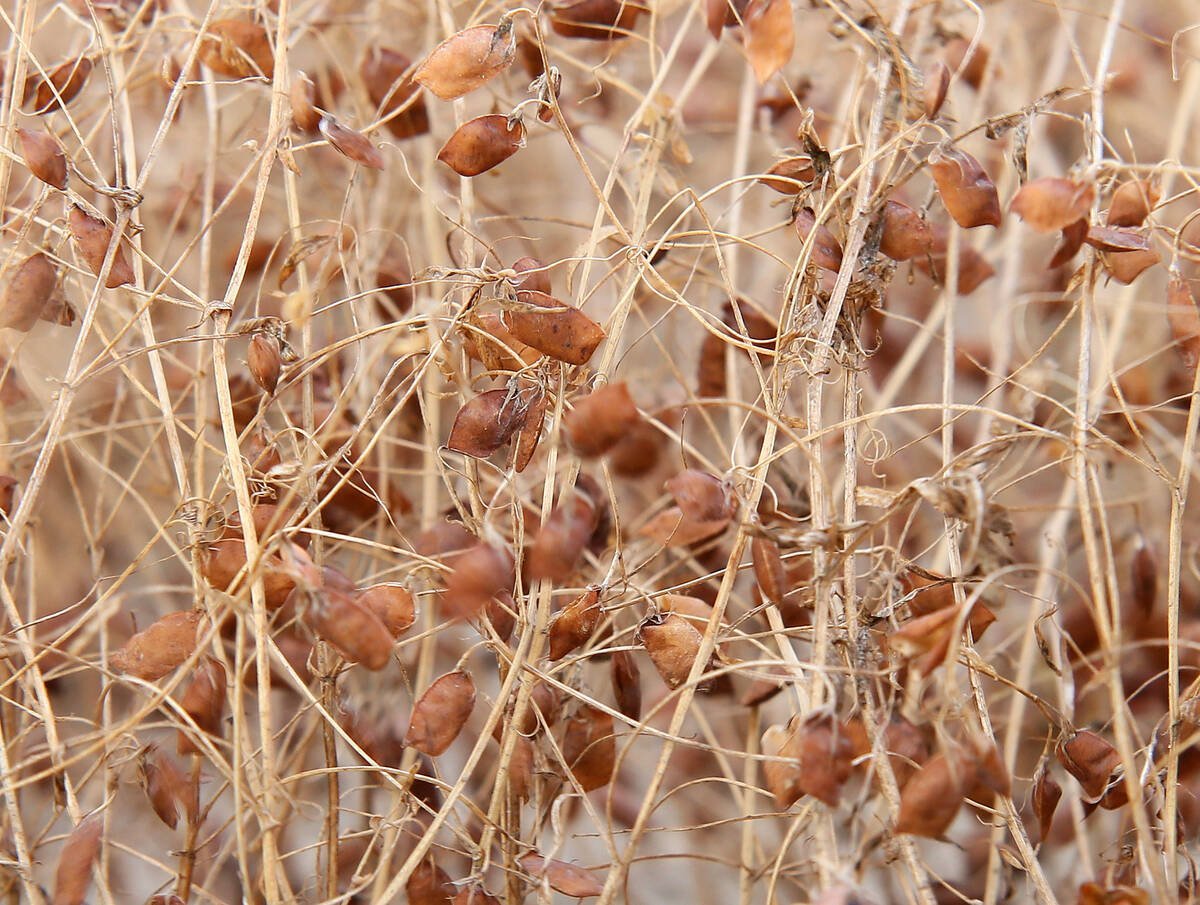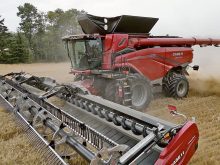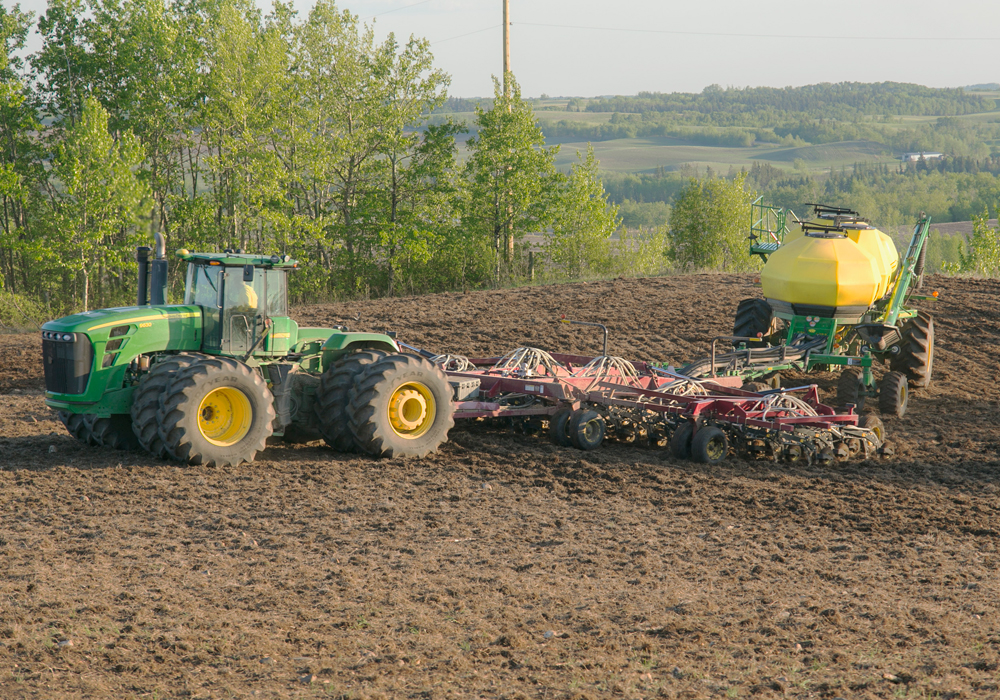LACOMBE, Alta. – When hay is priced at $100-150 per tonne, using triticale for forage might hold down feed costs this year, says an Alberta Agriculture official.
“We have to increase awareness of it to the livestock industry because we have to lower our costs of feeding,” said Bill Chapman of Alberta Agriculture at a triticale field day July 21 at Lacombe.
Many producers have successfully incorporated winter and spring triticale for grazing, greenfeed or forage, but it remains an overlooked crop with little research to back up what many have learned from experience, said Vern Baron, forage agronomist with Agriculture Canada.
Read Also

Europe holds promise for Canadian lentils
Pulse Canada is trying to help boost lentil consumption in Europe, which is already the fourth largest market.
“There is a communications problem for triticale in respect to its use as a forage,” said Baron. “We are trying to figure out where triticale fits.”
It is resistant to stem and leaf rusts and can handle marginal conditions better than barley, oats or wheat.
“Triticale yield will be a bit better than other species. It is not likely to tank on you,” he said.
Research at Alberta Agriculture’s Lacombe crop development centre had triticale yielding about 20,000 pounds of forage per acre last year. However, with this year’s drier conditions, yields are likely to be much less.
In swath grazing trials, it was always among the top group of forage and silage crops, although barley tends to be more easily digested.
Triticale is a tough crop, but nitrogen and other nutrients are needed to help it reach its potential.
“For the same amount of dollar input you are probably going to get more pounds of dry matter out in any particular situation,” said Baron.
Management of the crop throughout the growing and grazing season is important.
Baron speculates most producers plant too late and harvest too early.
He recommends planting winter triticale for grain production at the beginning of September. In central Alberta that may range from Sept. 1 to 20. That should produce three to five leaves before the snow flies.
Fall grazing needs more growth so try planting in mid July. Those who use other winter cereals for fall grazing have noticed survival over winter is jeopardized when the cows are turned out, but triticale seems to fare better if it was standing about 15 to 20 centimetres high at the time of grazing.
However, do not expect to have tremendous spring yields because plants will be thinned out.
Knowing when to cut any cereal for swath grazing is tricky. If it was planted in late spring for cutting in mid September there may not be enough stubble to hold up the swaths and spoilage could result. If it is cut too soon, there may be more stems and leaves but little grain, which provides most of the energy in the starch.
“When we plant late, particularly with barley, we tend to have a really big grain reduction,” he said.
Costs versus yield
Baron said it is hard to reduce cost of production and keep yields high. It is easier to plant early and follow a good agronomic program to encourage high yields.
It was often suggested triticale could be cut 10 days after flowering and pollination but that is probably wrong because the result will be more fibre, which is less digestible.
At the Lacombe centre, a large triticale field will be swathed in mid September and cows turned out in mid October when their calves are weaned. Research showed they could feed 130 cows on 40 acres for 130 days with no loss of body condition at a cost of about $1 per cow per day.
The savings were in reduced labour, harvest costs and manure hauling but they did not reduce crop production costs.
Research has also studied inter-cropping of triticale and other crops to improve the quality of the forage crops and extend the grazing season.
They found triticale and peas yielded well at 13,000 pounds of feed per acre in 2008 but this year results are going to be different because of dry conditions.
Barley and peas yielded 10,000 pounds per acre.
However Baron felt the straight crops were preferable because outcomes were more predictable.















